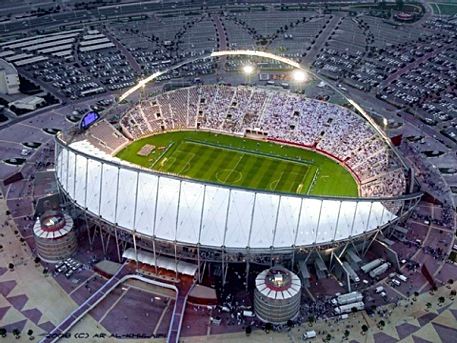
November 27, 2017
When the Philippines takes part in next year’s 18th edition of the Asian Games, the Filipino athletes still to be chosen will actually be celebrating the 105th anniversary of the country’s admission to the international sporting community.
It was on February 10, 1913 when the red-white-blue clad athletes from the archipelago got their first taste of international competition in the Far Eastern Games if helped organize with Japan and China.
The First Triangular Games were held in Manila with the best and finest athletes from these three countries strutting wares in pentathlon, decathlon, track and field, baseball, basketball, football, swimming, tennis, volleyball and marathon.
That was two years following thee creation of the Philippine Amateur Athletic Federation, originally formed to oversee the development of sports in the country and safeguard the interest of amateur sports against the intrusion of the professional ranks.
Having been exposed to Western sports earlier through the tutoring of the Americans, the Philippine naturally became a formidable force in the biennial conclave, especially in athletics and team events as basketball, baseball and volleyball.
The Filipino cagers, for instance, ruled he dribble-and-shoot sort nine times of the 10 staging of the Games, track and field the first five and baseball six-of-10. In volleyball, the Filipino spikers shared honors with the Chinese with five title wins each.
In athletics, the Filipino sprinters dominated the dashes until 1930 when they suffered their first defeat to the Japanese counterparts. The local tankers won four times as against their closest rivals the Japanese’s, five.
The FEG, acknowledged as precursor of the now Asian Games, were held every two years with the Philippines, China and Japan playing host in rotation with China staging the second in Shanghai in 1915, Japan in Tokyo in 1917, back to Manila in1919, Shanghai in 1921, Osaka in 1923 and Manila in 1925.
At that juncture, member nations felt they are ready for the Olympics and at a congress held in Manila in1925, it was decided to hold the Eighth Edition in Shanghai in 1927, the Ninth in Tokyo in 1930 and the succeeding Games every four years in order to ease the financial burden to he hosts and give member countries ample time to prepare for the Summer Games.
This didn’t materialize though. After holding the Games at regular two-year interval, the Far Eastern Games were dissolved as a result of a disagreement among the members over the admission of Manchukuo. China withdrew leaving the Philippines and Japan to dismantle the Far Eastern Athletic Association and replace it with Amateur Athletic Association of the Orient (AAAO) with Manchukuo joining the Philippines and Japan as charter members.
Owing to several reason, including the unsettled world conditions and the outbreak of World War II, the First AAAO Games set in Japan in 1938 were never held and the association died a natural death.
In the first four staging of the Games at least, the host country won the general championship. The Philippines was officially declared general champion in two of the first four Games held in Mania. Reason for this was the host country was usually fully represented in all sports in the calendar.
There was no general championship awarded in the Fourth, Fifth and Tenth editions. The Philippines was given though unofficial Fourth and Fifth general championships with Japan winning the Tenth.
The Far Eastern Games were organized for men only but in an attempt to introduce sports for women, the Philippines sent two women’s indoor baseball teams, which played exhibition games in Shanghai in 1915. In 1923, “Ladies” Invitational was included in the program where women took part in tennis, volleyball, swimming and track and field.
© Baseball Federation of Asia. All RIGHTS RESERVED. / PRIVACY POLICY